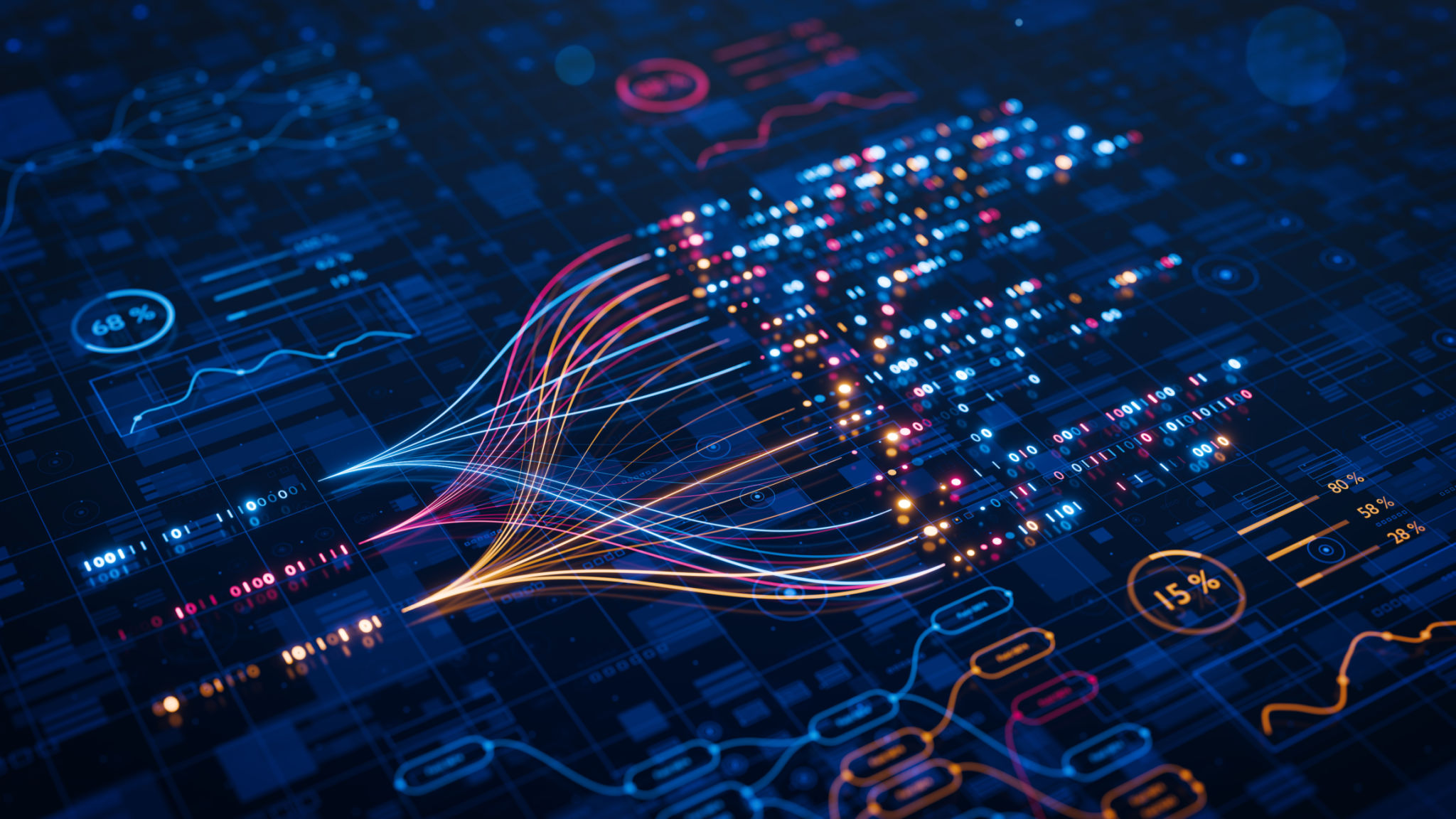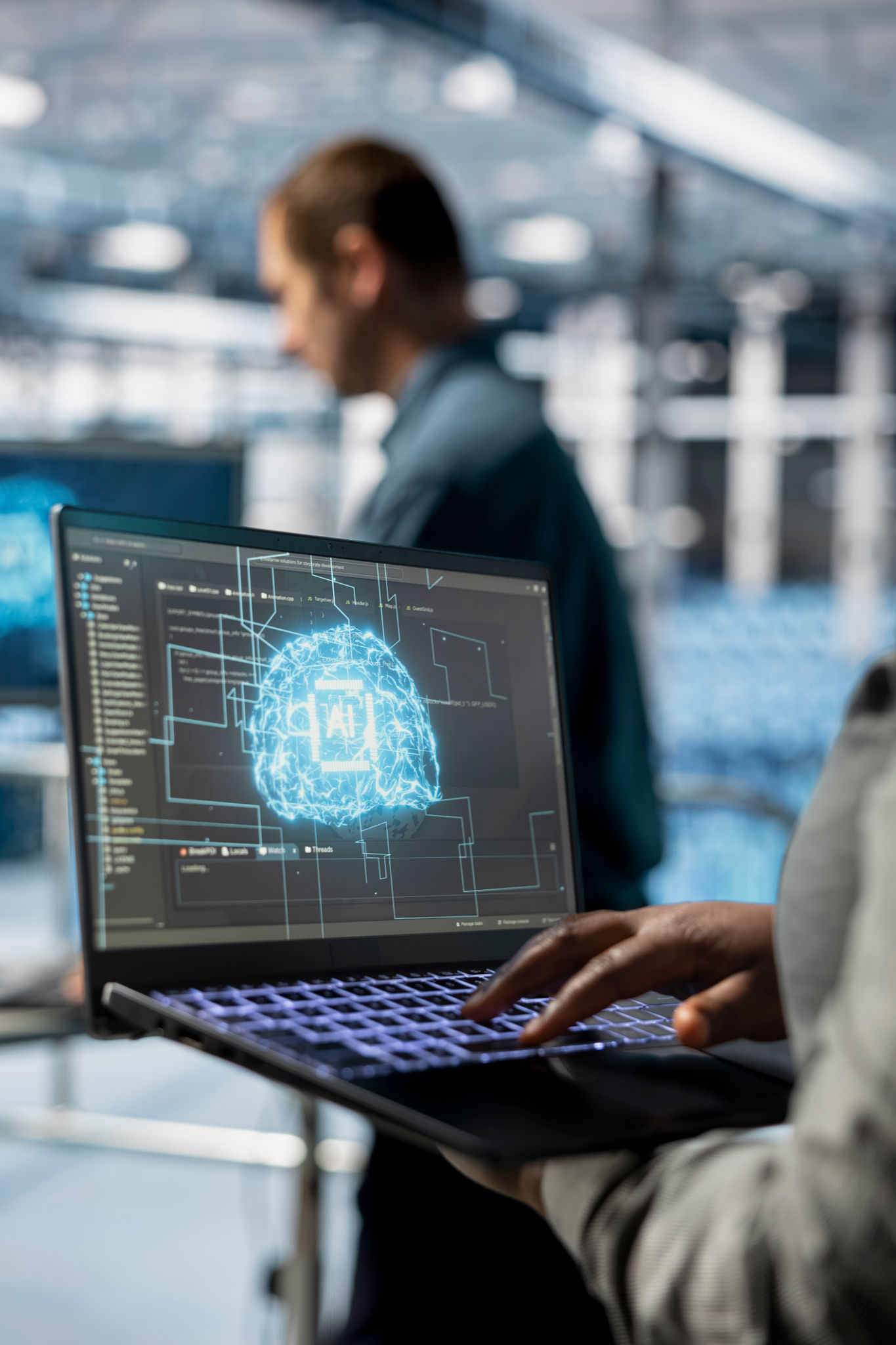Comprehensive Deep Learning Tutorials: A Beginner's Guide to Mastering AI
Understanding the Basics of Deep Learning
Deep learning is a subset of artificial intelligence that aims to mimic the intricacies of the human brain's neural networks. It is a powerful tool used to train machines in understanding and interpreting data with increasing accuracy. If you're a beginner, mastering deep learning involves learning its foundational concepts, which can seem daunting at first. However, with the right resources and guidance, anyone can embark on this journey.

What Makes Deep Learning Unique?
Unlike traditional machine learning, deep learning algorithms are capable of automatically extracting features from raw data. This ability makes deep learning particularly effective in handling unstructured data such as text, images, and audio. The core of deep learning is the artificial neural network, which simulates the way humans think and learn.
A typical deep learning model comprises multiple layers, each performing transformations on its input. This hierarchical structure enables the model to learn representations at various levels of abstraction, making it adept at recognizing patterns and making predictions.
Getting Started with Deep Learning Tools
To begin your journey into deep learning, familiarize yourself with popular frameworks like TensorFlow and PyTorch. These libraries provide a rich set of tools and pre-built models that can be customized to suit various applications. They also offer extensive documentation and community support, making it easier for beginners to find solutions to common challenges.

Building Your First Neural Network
Creating your first neural network is an exciting milestone in mastering deep learning. Start by defining the architecture of your model, which includes deciding on the number of layers and the type of each layer. Common types include fully connected layers, convolutional layers, and recurrent layers.
Once your model's architecture is in place, the next step is training it with a dataset. This process involves feeding data into the network and adjusting its parameters to minimize errors between the predicted and actual outputs.
Improving Model Performance
After building your initial model, focus on improving its performance. Various strategies can enhance a model's accuracy and efficiency:
- Data Augmentation: Increase the diversity of your training data by applying transformations such as rotation or scaling.
- Regularization Techniques: Prevent overfitting by employing methods like dropout or L2 regularization.
- Hyperparameter Tuning: Experiment with different configurations to find the optimal settings for your model.

The Future of Deep Learning
The potential applications of deep learning are vast and continually expanding. From self-driving cars to personalized medicine, this technology is revolutionizing industries across the globe. As you gain proficiency in deep learning, you'll be equipped to explore these innovative opportunities and contribute to shaping the future of AI.
In conclusion, mastering deep learning requires patience and persistence. By understanding its core principles and leveraging the right tools, you can unlock a world of possibilities in artificial intelligence. Embrace this exciting field, and let your curiosity guide you through the many challenges and rewards it offers.